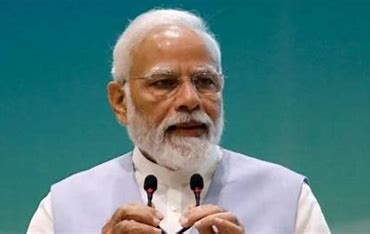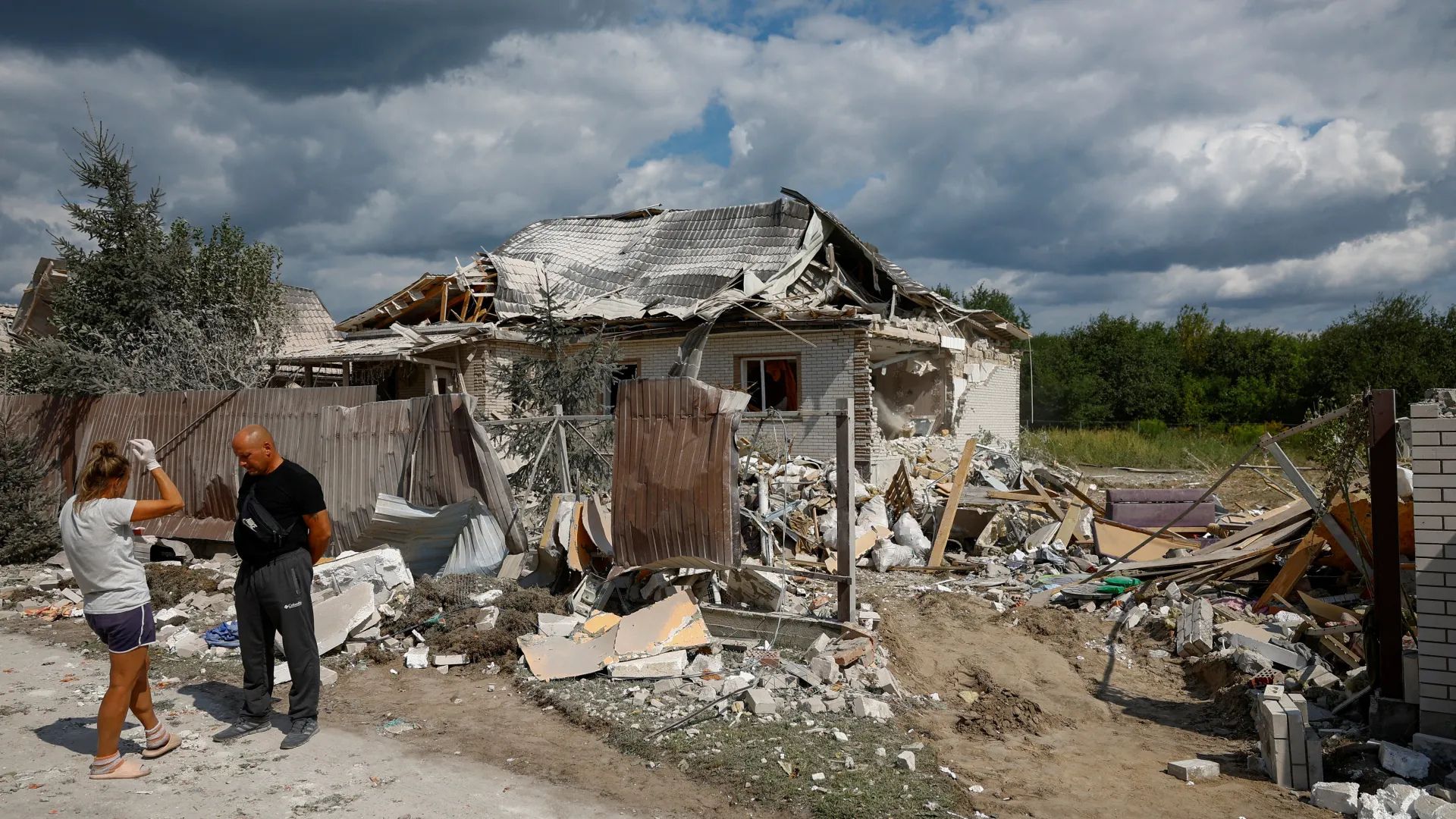
Detailed Project Reports (DPRs) on the plan to rejuvenate 13 rivers in collaboration with the Ministry of Environment and Forest and Climate Change, and Ministry of Jal Shakti were released on Monday. The DPRs on the rejuvenation of 13 major rivers through forestry interventions, namely Jhelum, Chenab, Ravi, Beas, Sutlej, Yamuna, Brahmaputra, Luni, Narmada, Godavari, Mahanadi, Krishna, and Cauvery, funded by the National Afforestatiton & Eco-development Board (MoEF&CC) and prepared by Indian Council of Forestry Research & Education, Dehradun (ICFRE), were released by Bhupender Yadav, Minister, Environment Forest and Climate Change, today in New Delhi, along with Gajendra Singh Shekhawat, Minister, Ministry of Jal Shakti; Ashwini Kumar Choubey, State Minister, MoEF&CC.
These 13 rivers collectively cover a total basin area of 1,890,110 square km that represents 57.45% of the geographical area of the country. The length of 13 rivers, including 202 tributaries within the delineated riverscapes, is 42,830 km. The rivers along with their tributaries are proposed for forestry interventions in the riverscape under different landscapes namely natural landscape, agricultural landscape and urban landscape. The different models of forestry plantations, including timber species, medicinal plants, grasses, shrubs and fuel fodder and fruit trees, are aimed to augment water, ground water recharge and contain erosion. A total of 667 treatment and plantation models are proposed in all the 13 DPRs meant for the proposed forestry interventions and supporting activities, in different landscapes.
In all, 283 treatment models have been proposed for the natural landscapes, 97 treatments models in Agriculture Landscapes and 116 different treatment models in Urban Landscapes. Site specific treatments in terms of soil and moisture conservation and plantations of grasses, herbs, forestry and horticultural trees have been proposed for treatment of prioritized sites in the riverscape supported by GIS technique based on consultations with various stakeholders. Throughout this exercise, Nodal officers from respective State Forest Departments were associated to coordinate with other line departments.
The proposed cumulative budget outlay of 13 DPRs is Rs 19,342.62 crore. The DPRs are expected to be executed through the State Forest Departments as nodal department and with convergence of schemes of other line departments in the states towards the activities proposed in the DPRs and funding support from the Government of India. As per the ministry, each DPR incorporates detailed geospatial analysis of the delineated riverscape, exhaustive review on the river environment using remote sensing and GIS techniques along with field verification for proposed forestry interventions and other conservation measures through an extensive consultative process and designing and development of various treatment models for Natural, Agriculture & Urban landscape in each of the delineated riverscape.
This will strengthen the country’s progress towards Panchamrit commitment at CoP-26 during November 2021 in Glasgow whereby India promised to reduce its projected carbon emission by one billion tonnes by 2030, meet 50% of energy requirements with renewable energy by 2030, enhance non-fossil energy capacity to 500 gigawatt by 2030, reduce the carbon intensity of its economy by 45% by 2030 and achieve net zero emission by 2070.
Timely and effective implementation of the proposed forestry interventions as envisaged in DPRs of 13 major Indian rivers is expected to significantly contribute towards improvement of terrestrial and aquatic biota, and livelihoods, besides rejuvenation of the rivers in terms of Aviral Dhara, Nirmal Dhara, besides SwachchhKinara.















